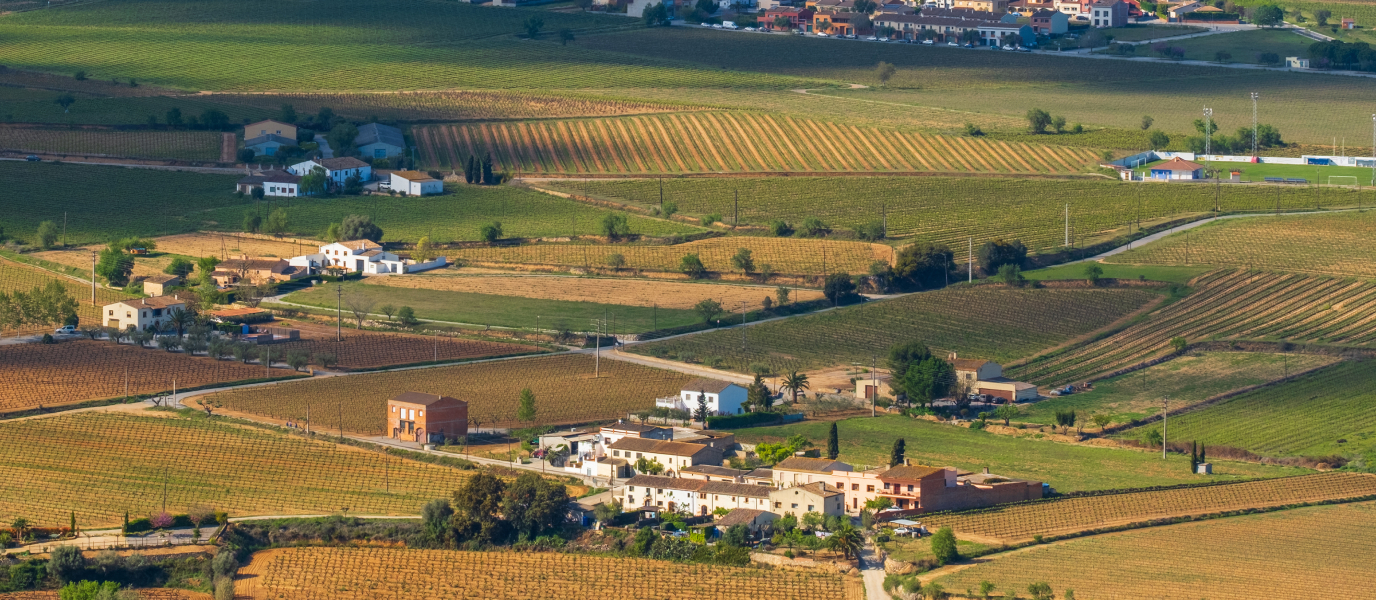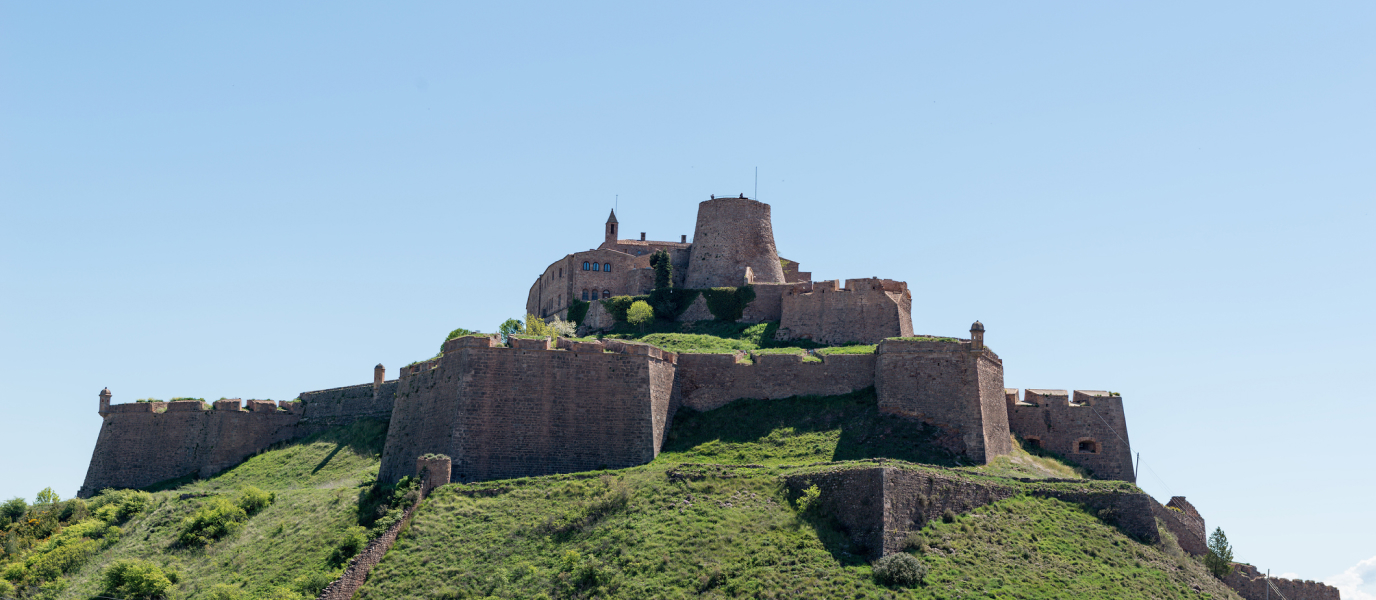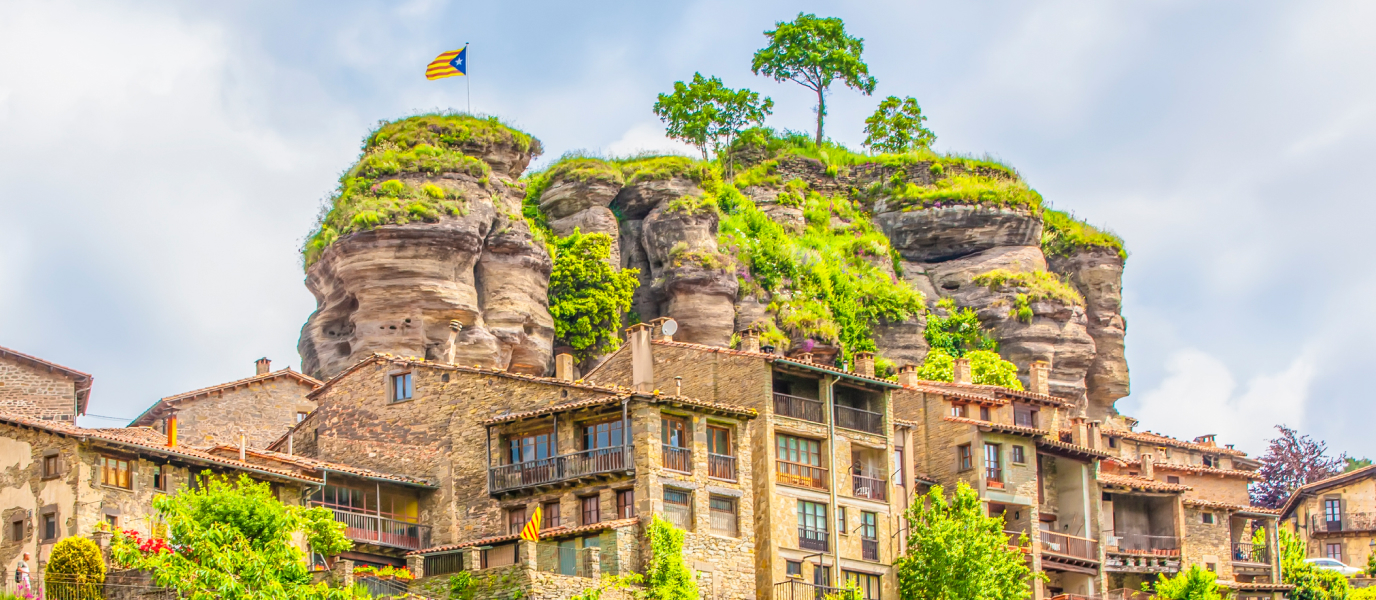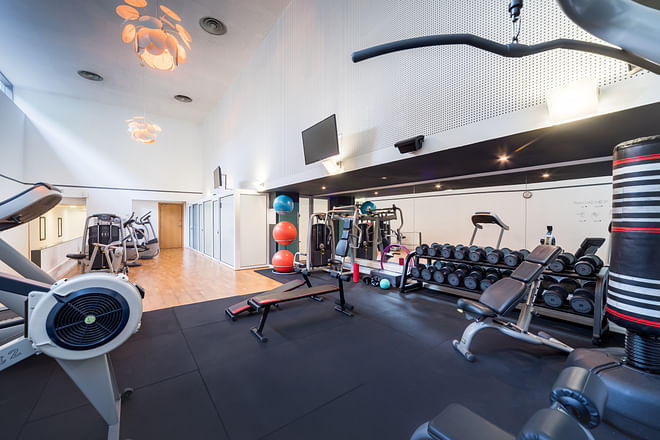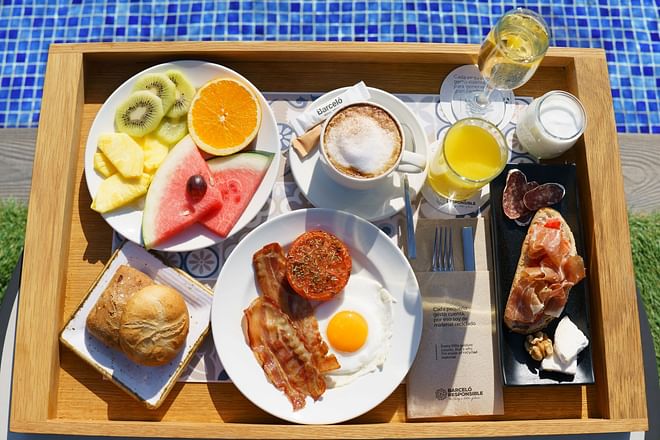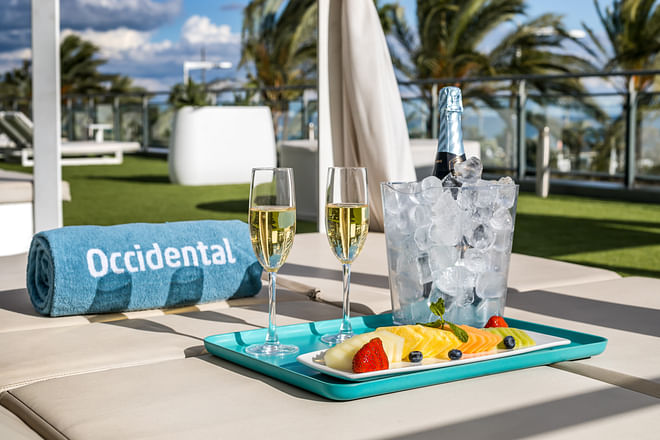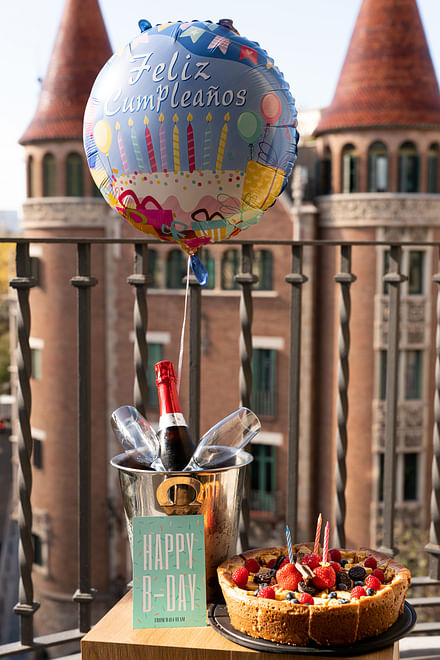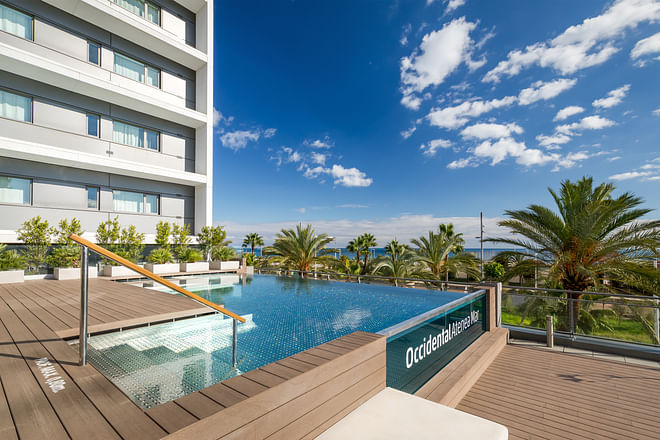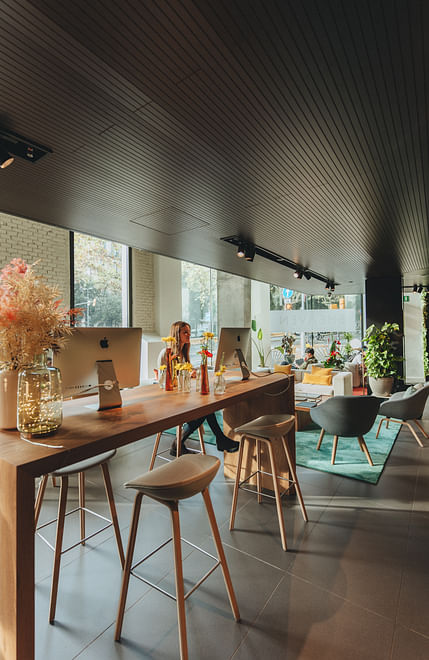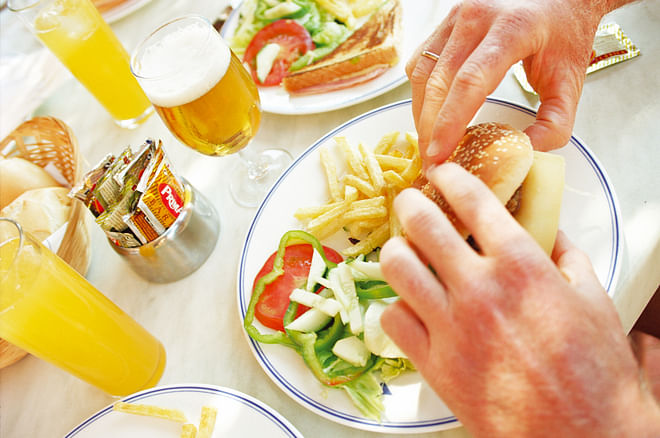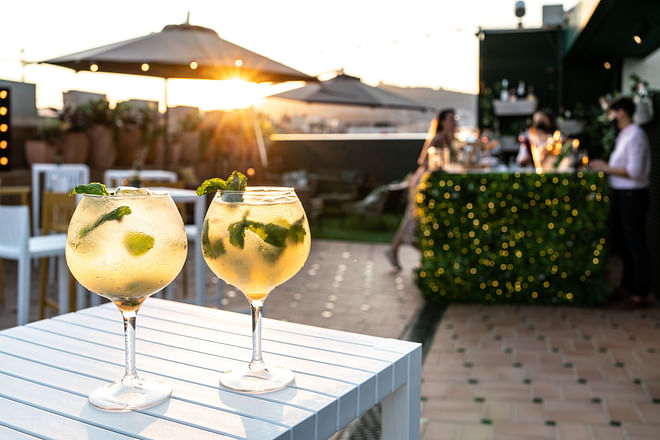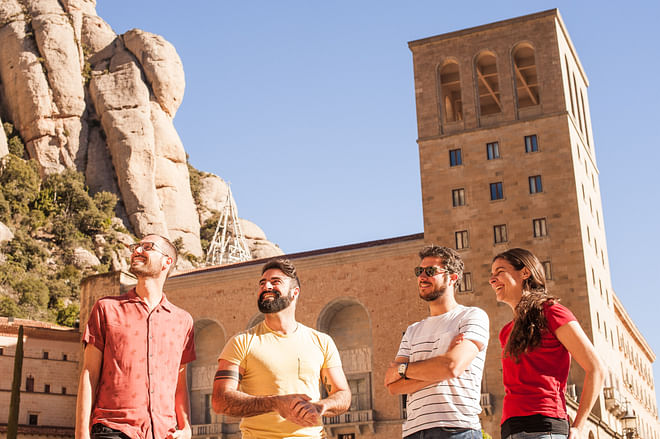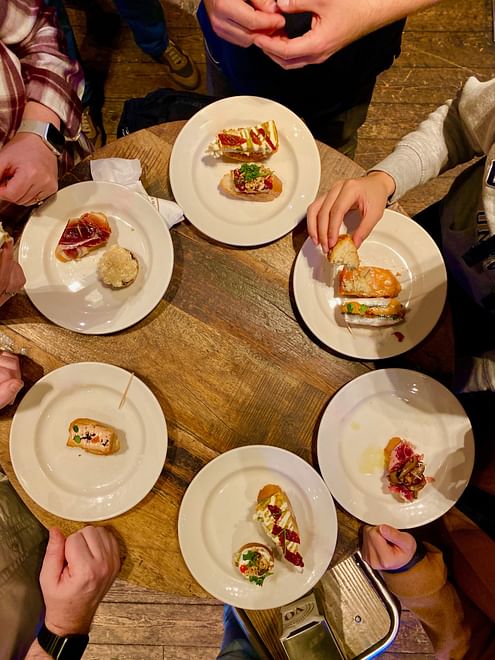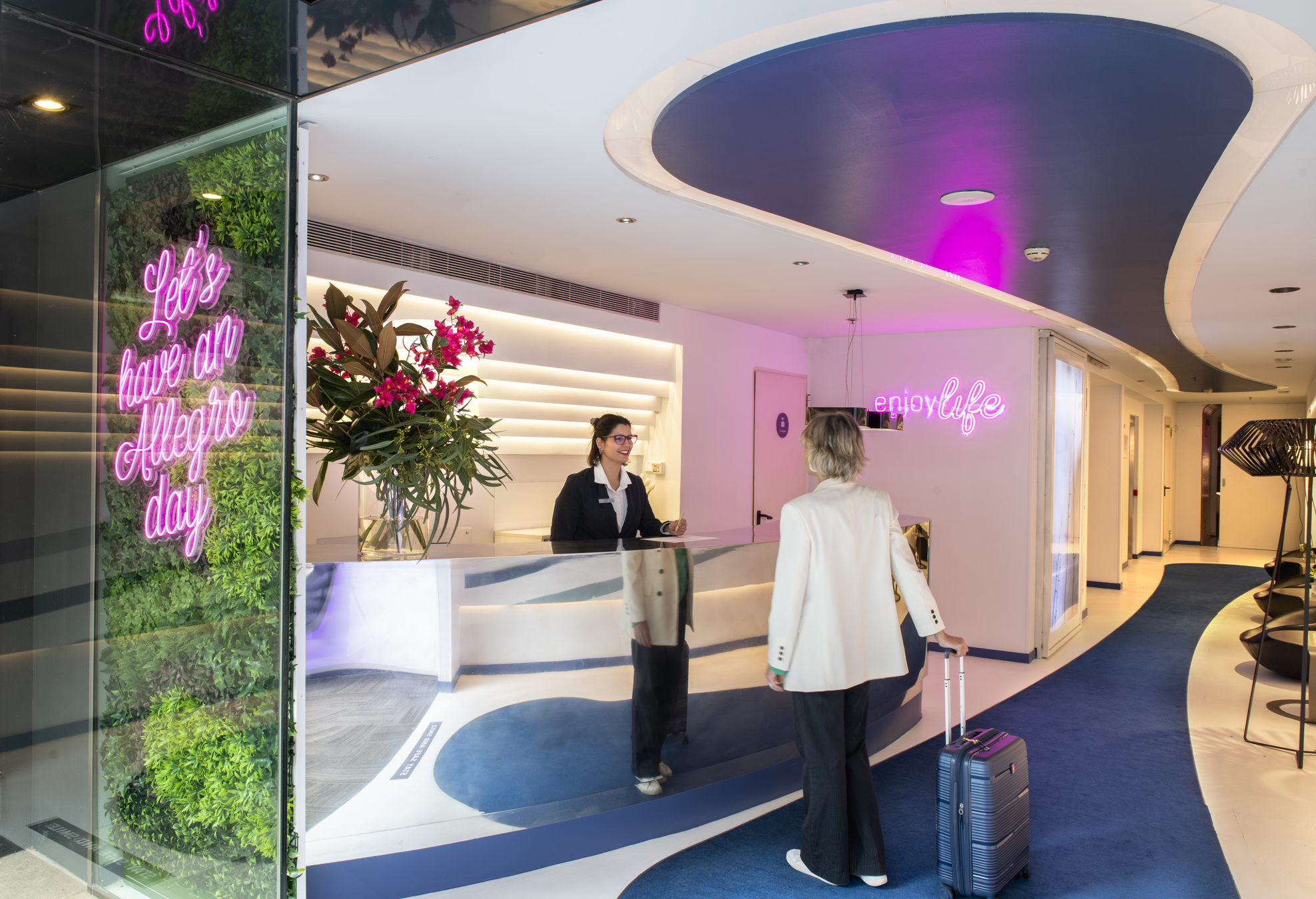The province of Barcelona is a wonderful patchwork of possibilities. From the mountainous areas of Berguedà and Osona to the long Mediterranean coastline, its over 300 municipalities and 12 regions bid you to enjoy its vast historical heritage, art and culture, gastronomy, nature, sport and much more. In this sense, the Alt Penedès region is one of its biggest highlights.
The beating heart of this land of extraordinary wine and authentic flavours, of villages brimming with charm and priceless historical gems, and of Mediterranean magic is, precisely, Vilafranca del Penedès.
History of the ‘Capital of Wine and Cava’
Vilafranca del Penedès is a city steeped in history. Built as a border town in the twelfth century, it allows you to embark on a thrilling journey from the Middle Ages to the present day. Its status as a crossroads and the privileges granted by the Count of Barcelona made Vilafranca the most populated town in the Penedès region, despite all kinds of political unrest.
Together with its historical fairs and markets, from the second half of the twentieth century the town established itself as the ‘capital’ of the Penedès wine-growing region, the largest in Catalonia and one of the largest in the Iberian Peninsula. Thus, in addition to its legacy of medieval (Romanesque, Gothic, etc.) and Renaissance origin are interesting examples of modernist architecture, tracing an interesting timeline that underlines the relevance of Vilafranca throughout history, from the twelfth century to the present day.
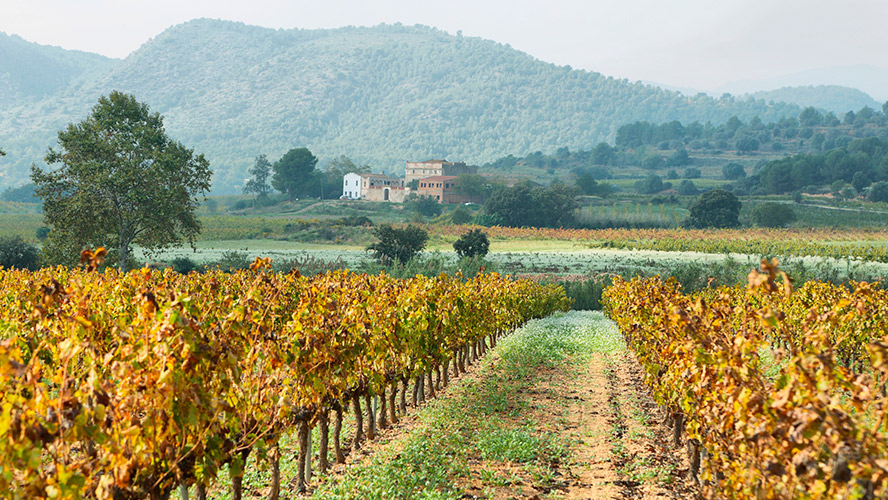
Santa María basilica
The foundation stone of this large single-nave building was laid in 1285 and, since then, it has been the most iconic landmark in the historical centre of Vilafranca del Penedès. An example of the transition between the Romanesque and the Gothic in Catalonia, the church has undergone several changes over time, including, for example, its current neo-Gothic façade, made in the early twentieth century.
Similarly, the profuse exterior sculptural decoration and the octagonal bell tower, also in Gothic style and adjacent to the main body of the basilica, accentuate the uniqueness of the building. In fact, from the top of the Santa Maria bell tower you can enjoy one of the finest panoramic views of the city.
Another unique detail that traces, once again, the long history of the town is the sculptural ensemble of The Burial of Christ, which is located in the inner crypt of the basilica. This extraordinary work was made in Carrara marble by the modernist sculptor Josep Llimona in 1916.
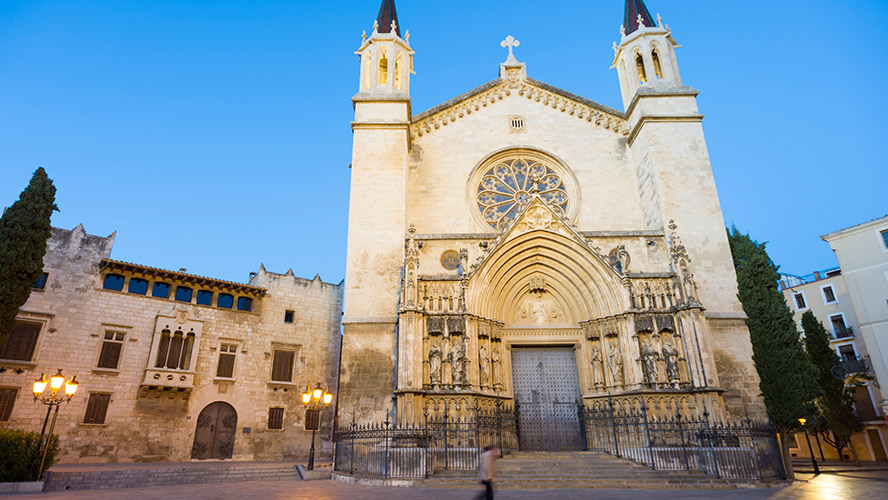
VINSEUM – Wine Museum
To talk about Vilafranca del Penedès is to talk about wine and cava and the perfect place to do so is the museum dedicated to the rich culture of wine and vineyards in the city. Located on Plaça de Jaume I, in front of Sant María basilica, and housed in former Palau Reial (thirteenth century), VINSEUM – Wine Culture Museum of Catalonia boasts over 17,000 objects that tell the story of a land continuously linked to this rich universe inhabited by vines, vats, barrels, fermentations, bottles, glasses and much more.
Archaeological pieces, works of art (ceramics, paintings, drawings, etc.), collections linked to geology and even to sciences such as paleontology and ornithology as well as all kinds of ethnographic elements related to the cultivation of vines and wine-making are part of the excellent collection of this extraordinary wine museum situated in the heart of Vilafranca.
Archaeological site of Olérdola
Located around 10 kilometres from the old town of Vilafranca del Penedès, Olèrdola mountain is an important place for understanding the evolution of the Alt Penedès region. The site consists of a large monumental complex that has been inhabited, to a greater or less extent, since the Bronze Age until well into the twentieth century, that is, for around 4,000 years. Prehistoric remains, an Iberian settlement, a cistern and an impressive Roman fortification, a medieval town with pre-Romanesque and Romanesque churches, a castle, several medieval anthropomorphic tombs carved into the rock… All this features in this unique rocky promontory strategically located between the Penedès plain and the coast of Garraf.
Declared a Cultural Heritage Site, Olèrdola historical complex is today one of the locations of the Archaeological Museum of Catalonia (MAC), the entity in charge of the management of the site, as well as the different services provided by the archaeological site and the Interpretation Centre.
Palau Baltà
Once again in the heart of Vilafranca, on Plaça de Jaume I and just a short walk from Santa María, this imposing Gothic-style stately home (fourteenth-century and fully remodelled in 1522) is one of the most representative examples of the city’s finest civil architecture. Declared a Cultural Heritage Site, the two towers that frame the main façade provide it with an almost military-like appearance. The small central tribune and the gallery that extends between both towers emphasise its indisputable stately character.
Also known as Palau del Fraret or Can Babau, the inside of the Palau is structured around a central courtyard and its various halls and rooms have laid witness to some of the most significant events in the town’s history. The complex was restored in 1889 by the architect August Font, who was responsible for adding new features to the building, including the tribune on the main façade.
Casa de la Vila
Not far from Paul Baltà, this unique two-storey building with a central courtyard, gallery and attics is a magnificent example of the historical connections experienced in Vilafranca del Penedès. The original façade, for example, of this fourteenth-century Gothic palace was remodelled in 1912 and modernist features were added. The balconies also have balustrades crowned by unusual round lamp posts, which make the complex even more special. Be that as it may, the architectural evolution of the Town Hall reflects the history of Vilafranca del Penedès.
Inside, among other spaces, Sant Ramon hall or Els Canaris hall are some of the most remarkable parts of the building, where you will find murals by the Vilafranca-born painter Pau Boada, which combine polychrome painting and sgraffito. The murals depict different themes related to both the town itself and to the Penedès region as a whole.
Other things to see in Vilafranca del Penedès
In addition to its most important landmarks, exploring Vilafranca is a great way to journey back through time. Places such as the church and the cloister of the former Sant Francesc convent, Casa Maciá, a palatial building of Gothic origin located on the square that is home to the Town Hall, and various modernist gems, such as Casa Ramona Quer i Via, Casa Serda Ros, Casa Miró and Casa Guasch Estalella, among many others, are just a small part of the great architectural heritage that tells the story, as if it were a great stone book, of the town’s rich history.
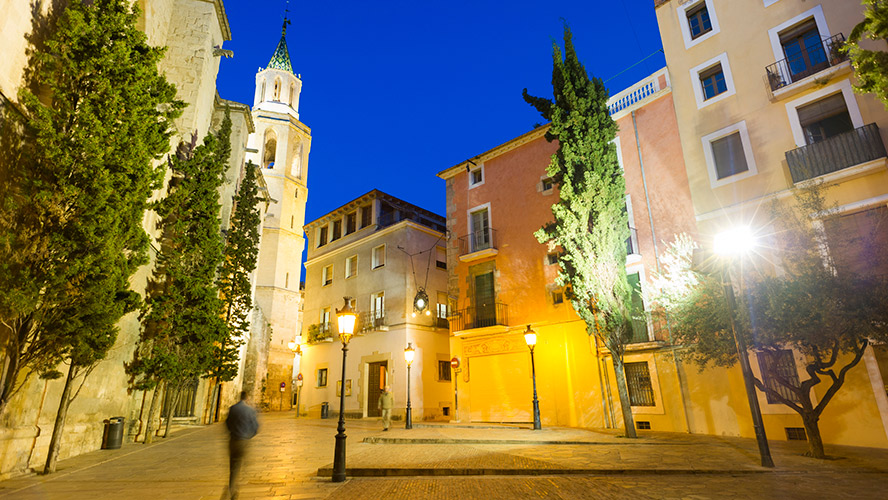
Another important part of Vilafranca’s cultural heritage are its castellers, the impressive ‘human towers’ declared Intangible Cultural Heritage of Humanity by UNESCO. Festivals such as San Jordi (April), San Félix and San Ramón (August) and All Saints (November), among others, bring together Colles (groups of castellers) on Plaça de la Vila. These unique popular events are joined by all kinds of artistic and cultural events throughout the year, from music, dance and theatre festivals to huge popular celebrations.
Where to eat in Vilafranca del Penedès
From the most traditional to avant-garde cuisine, the ‘Capital of Wine’ is a true feast of flavours. Products and dishes as iconic as Penedès black chicken, xató, Órdal peaches, seasonal vegetables, cured meats, garlanda pastries and Catanias, among many others, make eating in Villafranca a true delight. And all this is naturally washed down by the excellent D.O. Penedès wines and cavas.
Restaurants such as El Convent, which serves Mediterranean, traditional, creative cuisine; Meraki, where you can find the finest creative signature cuisine; Casa Joan, a meeting place for traditional home-cooked food, and Desperta Ferro, which serves up grilled meat and fish, are just some of the many options that Vilafranca del Penedès has to offer to enjoy its extraordinary gastronomy.
What to see in the surrounding area
In addition to the vast historical, artistic and cultural heritage that can be enjoyed in the heart of the town, from Vilafranca you can do various routes, by foot or by bike, which allow you to discover the different natural spaces that surround the capital of the Alt Penedès region.
Similarly, in the area surrounding the town there are other enticing options such as:
- Wine tourism – As the ‘Capital of Wine’, Vilafranca’s wine tourism is naturally one of its many attractions. Visiting the wineries and vineyards that surround the town is a perfect way to soak up the rich history and the wonderful wine-making culture of the area.
- Sant Pau mountain – The exceptional views of Vilafranca and the unique hermitage built into the rock, with more than 600 years of history, make this place on the outskirts of the town a must-visit attraction.
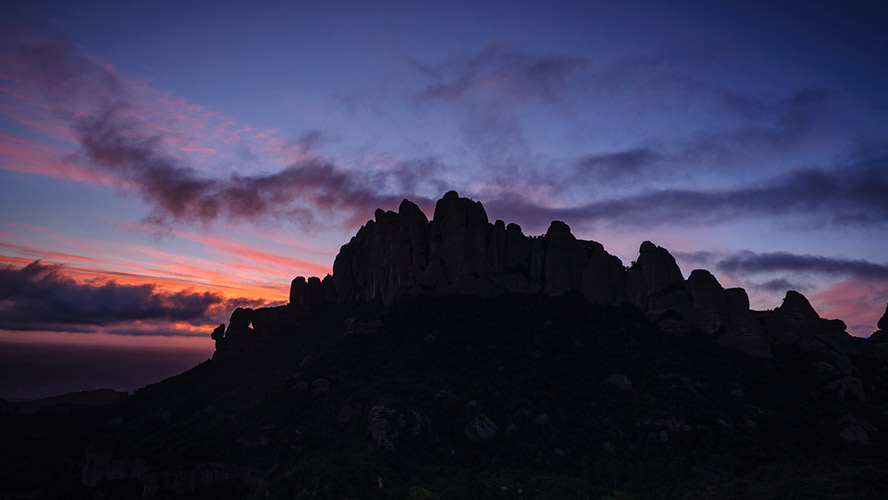
- Sant Martí Sarroca – Around 10 kilometres from Vilafranca, the Romanesque church of Santa María (restored by the modernist architect Josep Puig i Cadafalch) and Sant María Sarroca castle are a highly interesting historical complex
A 10 out of 10 stay: hotels in Barcelona
After a good visit to Vilafranca del Penedès, the capital of Catalonia is the perfect place to recharge your batteries and carry on enjoying your unforgettable getaway (or nice long holiday). In this regard, the hotels belonging to the Barceló Group in the city of Barcelona offer everything you need for a truly exceptional stay. Proof of this comes by way of the Barceló Raval and the Barceló Sants , two options combining avant-garde design, a cosmopolitan atmosphere and all types of services in the heart of the city.
The Allegro Barcelona is a unique three-star boutique hotel situated in the popular Eixample district. Designed by the architect Nadal Moneo and the interior designer Tomás Alia, the place perfectly reflects the town’s most modern side. What’s more, thanks to its exceptional location, it is surrounded by some of the most important attractions in Barcelona.
And to experience the life by the seaside in the city, there is nothing like the Occidental Atenea Mar – Adults Only , a fantastic urban hotel located 150 metres from Nova Mar Bella beach and just a short walk from Parc del Forum. Also part of Occidental’s Easy Living hotels, the Occidental Diagonal 414 and the Occidental Barcelona 1929 offer an experience in which tranquillity and comfort come together with all the charm of the fascinating city of Barcelona.





























































